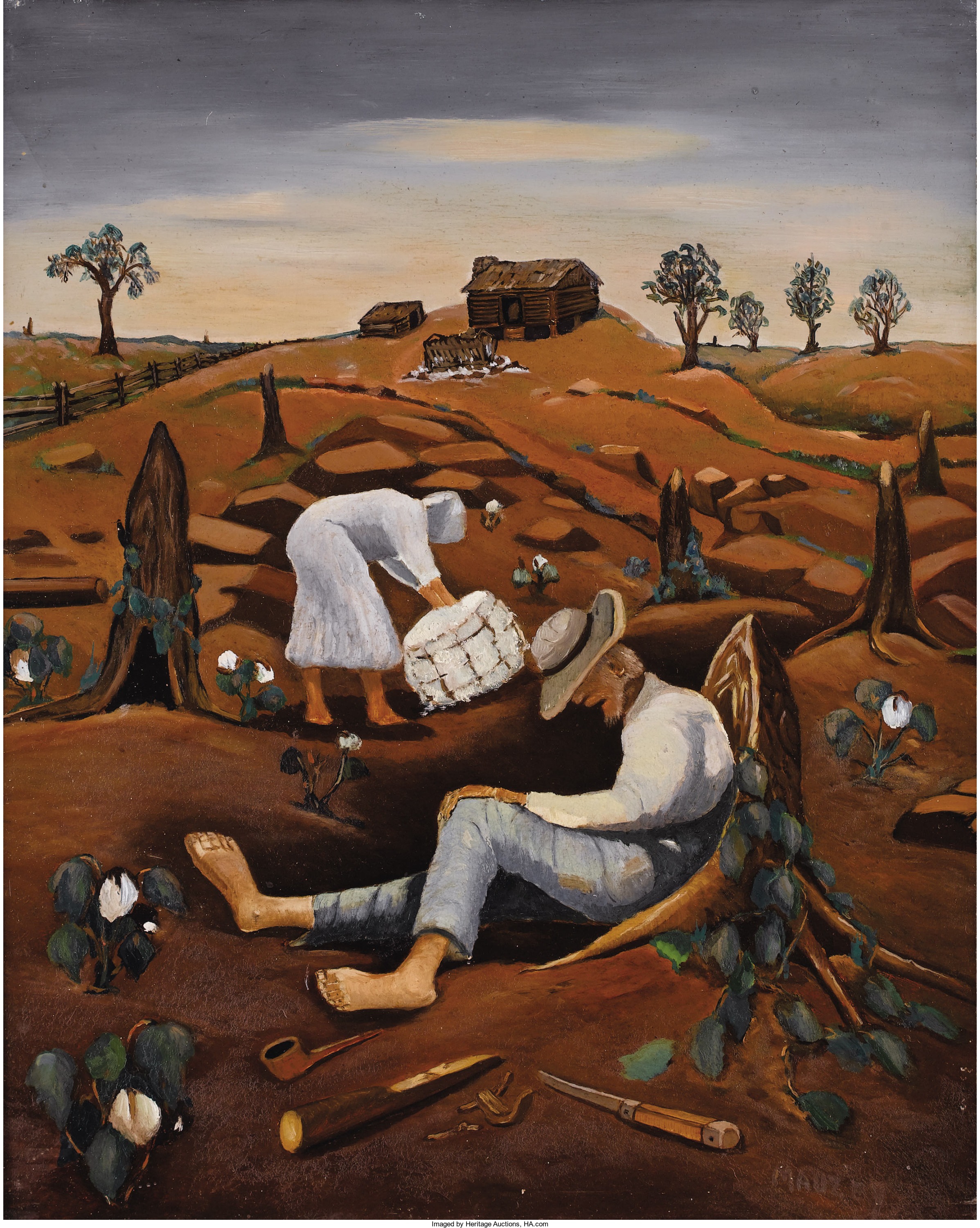
By Jim O’Neal
In January 1931, a 46-year-old tenant farmer drew the nation’s attention to a small event in rural Arkansas. Homer C. Coney harvested corn and cotton on land he rented for $8 an acre. But a tremendous drought the previous summer meant that most farmers had no crop, no money and no way to survive the winter.
Coney tried to sell his truck for $25 … no takers. So he and his family – trapped in a one-room shack – tried to exist on a Red Cross relief ration of $12/month. Coney, his wife and five sons lived on beans mixed with lard (to “give it flavor”).
A young neighbor mother visited the family frantically seeking help because her children had not eaten for two days. Coney said, “Lady you wait here. I am a-going to get some food over at Bells – the Red Cross man that never give out nothing.” In England, Ark., Coney discovered a big crowd of people, hungry since the Red Cross office there was out of food vouchers. Soon, there was a crowd of 500 people who confronted the mayor and chief of police. “We’re not beggars and will work for 50 cents a day, but we will not let our families starve.”
All over the country, people read about the brave souls who gathered to demand food. “500 Farmers Storm Arkansas Town Demanding Food for Their Children,” read the front page of The New York Times. “You let this country get hungry and they are going to eat, no matter what happens to budgets, income taxes or Wall Street values,” wrote populist Will Rogers in his newspaper column. “Washington mustn’t forget who rules when it comes to a showdown.”
The Great Southern Drought of 1930 was a catastrophe, to be sure. But this act of desperation was only a small part of the bigger issue in the new decade. In 1930, 26,000 businesses collapsed. In 1931, 28,000 more, and by the beginning of 1932, 3,500 banks, holding billions in uninsured savings, went under. 12 million people (25 percent of the workforce) were unemployed and real earnings fell by one-third. In some cities, it was worse; 50 percent of Chicago was out of work, 80 percent of Toledo.
Soup lines stretched as far as the eye could see. America the land of possibility was the land of despair. In 1931, the people of Cameroon in West Africa sent a check to the people of New York for $3.77 to aid the “starving.” About 20,000 veterans of WWI arrived at the U.S. Capitol to demand early payment of their pensions. On July 28, 1932, General Douglas MacArthur – side by side with Major Dwight Eisenhower with a parade of infantry, cavalry and tanks – routed the squatters as ordered.
Today, it is hard to imagine the level of expectation that greeted President Franklin D. Roosevelt when he took the reins from the much-maligned Herbert Hoover. However, the Democratic platform in 1932 was much the same as Hoover’s: a balanced budget and a curb on spending. Even the term “New Deal” was a fluke line from a nomination acceptance, until it surprised everyone and became popular.
But Roosevelt had a supreme confidence, enormous energy, and a determination equal to that of George Washington and Abraham Lincoln. He quickly cribbed a line from Henry David Thoreau (“Nothing is so much to be feared as fear”), began fireside chats with the American people from a room with no fireplace, and started leading.
That’s what good leaders do.
 Intelligent Collector blogger JIM O’NEAL is an avid collector and history buff. He is President and CEO of Frito-Lay International [retired] and earlier served as Chairman and CEO of PepsiCo Restaurants International [KFC Pizza Hut and Taco Bell].
Intelligent Collector blogger JIM O’NEAL is an avid collector and history buff. He is President and CEO of Frito-Lay International [retired] and earlier served as Chairman and CEO of PepsiCo Restaurants International [KFC Pizza Hut and Taco Bell].
